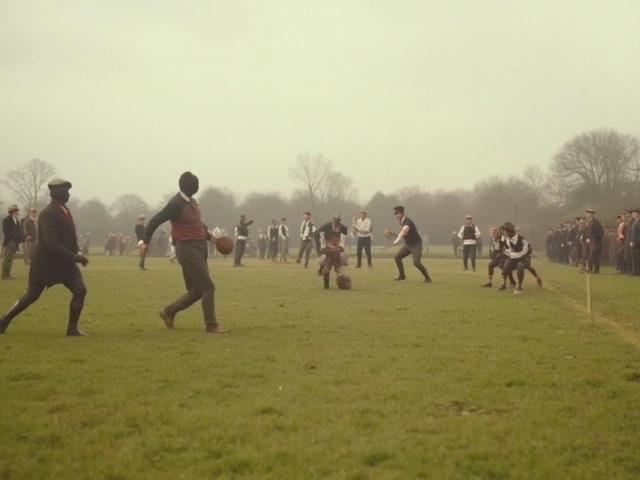Training Zones: How to Train Smarter, Not Harder, for Better Results
When you train without knowing your training zones, specific intensity levels that guide how hard your body should work during exercise. Also known as heart rate zones, it helps you match your effort to your goal—whether that’s burning fat, building endurance, or getting faster. Most people just run or lift until they’re tired. That’s not training. That’s guessing. Training zones turn guesswork into science.
There are five main training zones, ranges of effort based on heart rate, perceived exertion, or power output. Zone 1 is easy recovery—talk while you move. Zone 2 is your fat-burning sweet spot, where most endurance athletes spend most of their time. Zone 3 is where you start to breathe harder but can still hold a short sentence. Zone 4 is the threshold—hard, but sustainable for 20 to 40 minutes. Zone 5 is all-out sprinting, where you’re gasping and can’t speak more than a word or two. These aren’t just numbers. They’re tools. Use them right, and you’ll get stronger without burning out. Use them wrong, and you’ll be tired all the time.
Think about endurance training, the process of improving your body’s ability to sustain physical activity over time. If you’re always running at Zone 4, you’re not building a strong aerobic base. You’re just exhausting yourself. That’s why marathoners spend weeks in Zone 2. It’s why people who want to lose belly fat train in Zone 2 and 3—not by doing 90-minute sprints. And it’s why you can be muscular and still run a marathon—if you train in the right zones. The same logic applies to tennis players over 40, swimmers learning as adults, or rugby players building leg strength. They’re not working harder. They’re working smarter.
Training zones don’t require fancy gear. You can estimate them with your heart rate monitor, or even just by how you feel. Can you talk? You’re in Zone 1 or 2. Can you say a full sentence? Zone 3. Can you only grunt? You’re in Zone 4 or 5. No app needed. No complicated math. Just awareness. And consistency. The posts below show real people using this approach—whether they’re bridging the gap from 10 miles to a marathon, building stamina in 8 weeks, or figuring out if three workouts a week are enough. You’ll see how Zone 2 turned around someone’s fat loss. How Zone 4 helped a tennis player stay injury-free after 40. How a runner used recovery zones to finally hit their PR. These aren’t theories. They’re results.
75 Rule in Cycling Explained - What It Is and How to Use It
Learn the 75 rule in cycling, why it matters, how to calculate it using FTP, and practical steps to balance easy and hard rides for better performance.





